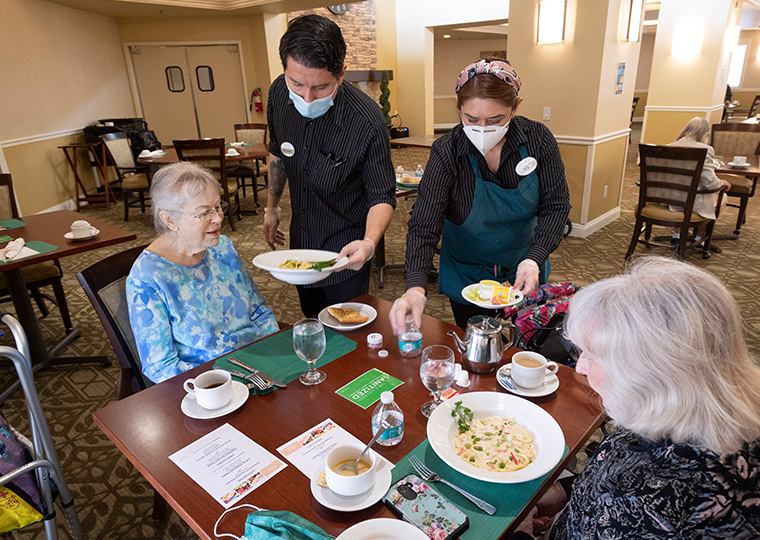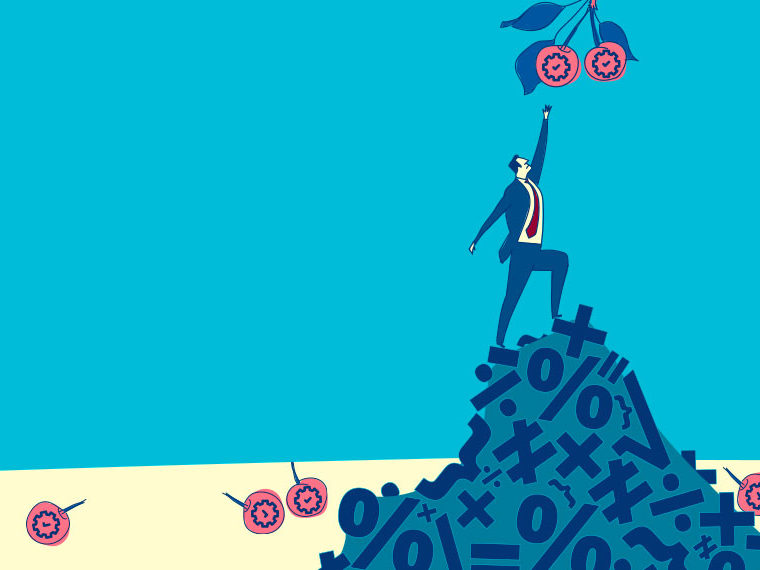Rate of spread in the surrounding community was a bigger indicator of risk
Medicare’s five-star rating system for nursing homes is a go-to measure used by customers and industry professionals alike for assessing a facility’s quality of care. But as COVID-19’s first wave spread through facilities across the country, researchers found the ratings were of little use in determining where these vulnerable patients were safest from the disease.
A study by Baylor’s Hannah R. Abrams, Brown’s Lacey Loomer, UCLA Anderson’s Ashvin Gandhi and Harvard’s David Grabowski found that higher ratings were not associated with fewer or smaller COVID outbreaks, as they reported in a paper published in the Journal of American Geriatrics Society.
Notably, the paper was written and posted prior to the availability of data from the Centers for Medicare & Medicaid Services (CMS). The researchers manually compiled data across disparate state sources and linked them up to other federal data on nursing homes.
Opt In to the Review Monthly Email Update.
Prior infection control violations at nursing homes were also unhelpful in predicting whether a facility experienced a COVID-19 outbreak, according to findings. Similarly, the share of Medicaid (low-income) patients was not associated with outbreaks, the researchers found.
Separate research has looked at the role of nursing home workers employed at multiple facilities in spreading the virus.
The study by Abrams, Loomer, Gandhi and Grabowski found COVID-19 risks at nursing homes during the pandemic’s early days echoed those in the country at large: Bigger facilities, in metro areas where infection rates were high, were likelier to experience COVID cases. High rates of spread in the surrounding community made local nursing home residents particularly vulnerable, the study suggests.
Facilities with a high percentage of Black residents were much likelier to have cases, the study finds. Nationwide, Black people have contracted the virus and suffered higher rates of related hospitalizations and deaths than other races.
The researchers studied more than 9,000 nursing homes in late May 2020. By that time, 35,000 deaths in nursing homes constituted about 42% of deaths from the virus. Although nationwide COVID-19 deaths in facilities dropped significantly between mid-June and mid-July, the number of new cases rose dramatically in the first two weeks of August.
CMS initiated the Nursing Home Compare five-star ratings in 2008 to give residents and their families an easy way to assess nursing home quality. The ratings are based on dozens of data points related to health inspections, staffing levels of professionals and support workers, as well as specific quality-of-care measures such as reports on falls and rates of flu shots.
The study’s data, from facilities in 30 states, complement a national database CMS established later to track COVID-19 outbreaks in nursing homes. The government database does not require facilities to disclose cases from March and April 2020.
The findings are similar to a report University of Chicago’s Tamara Konetzka gave in May to the Senate Special Committee on Aging. Her analysis of a sample of facilities from 12 states found no correlation between COVID-19 infections and quality ratings, but a strong relationship between race and infection rates.
A more recent study, looking at nursing home COVID-19 cases beyond the virus’ earliest days, does find a correlation between high ratings in some quality measures and lower infection rates.
Featured Faculty
-
Ashvin Gandhi
Assistant Professor of Strategy
About the Research
Abrams, H.R., Loomer, L., Gandhi, A., & Grabowski, D.C. (2020). Characteristics of U.S. nursing homes with COVID‐19 cases. Journal of the American Geriatrics Society, 68(8), 1653–1656. doi: 10.1111/jgs.16661.






